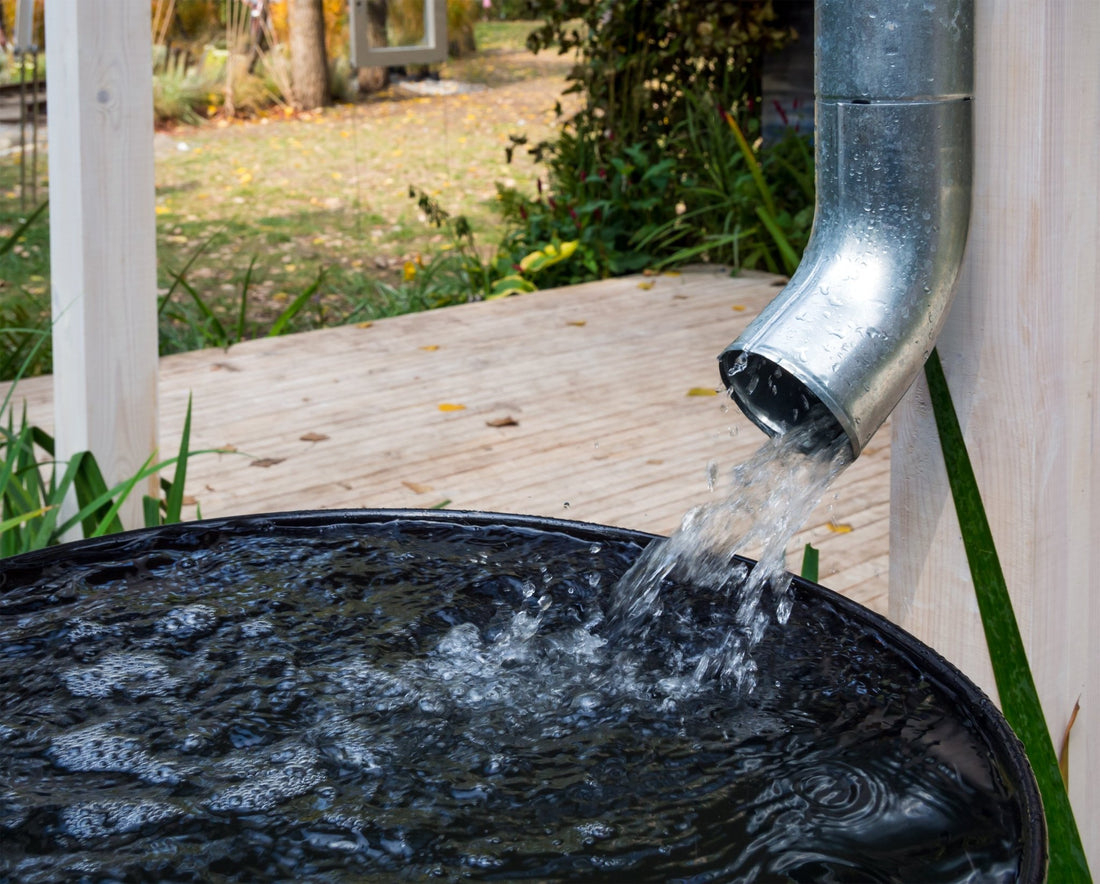Rain Gardening in Your Slice of Paradise: Where Beauty Meets Functionality
Greetings, green thumbs and garden enthusiasts! Today, we're diving into the wonderful world of rain gardens. If you’re scratching your head, wondering what a rain garden is, fret not. By the end of this blog, you'll be the rain garden guru of Georgina, ready to dazzle your neighbours with both your botanical brilliance and your water-wise wisdom.
What on Earth is a Rain Garden?
Imagine a garden that doesn’t just look pretty but also moonlights as an environmental superhero. That's a rain garden! Essentially, it’s a shallow depression in your yard that's designed to soak up rainwater runoff from impervious surfaces like roofs, driveways, and sidewalks. Instead of letting all that precious water wash away into storm drains, a rain garden captures it, allowing it to percolate into the ground. Think of it as a spa day for your soil.

Why Bother with a Rain Garden?
Glad you asked! Rain gardens aren’t just a trendy gardening fad; they’re packed with benefits that would make any eco-warrior proud.
Environmental Benefits:
- Reduces Runoff: Prevents water from rushing off into storm drains, reducing flooding and erosion.
- Recharges Groundwater: By allowing water to seep into the ground, rain gardens help recharge local groundwater supplies.
- Supports Wildlife: Native plants in rain gardens provide habitats for butterflies, birds, and beneficial insects. Your garden could become a mini wildlife sanctuary!
Economic Benefits:
- Saves Money on Water Bills: With a rain garden, your plants get a free drink straight from Mother Nature. Less need for supplemental watering means more money in your pocket because we all need that right now!!
- Boosts Property Value: A well-designed rain garden can add curb appeal and increase the value of your property. It's an investment that pays off in more ways than one.
- Reduces Flooding Costs: By managing stormwater on your property, you reduce the risk of costly flood damage. You’re paying for stormwater now, so why not actually use it and use it to your advantage.

How to Create Your Own Rain Garden
Ready to roll up your sleeves and get started? Here’s a no-nonsense guide to creating a rain garden in Keswick on the beautiful shores of Lake Simcoe.
- Pick the Perfect Spot: Choose a location that gets plenty of runoff, like below a downspout or at a low point in your yard. Make sure it's at least 10 feet away from your house to avoid foundation issues.
- Design and Dig: Outline the shape of your rain garden with a hose or string. Aim for a depth of about 6-8 inches. Remember, it’s a shallow depression, not a swimming pool.
- Test Your Soil: Perform a percolation test by digging a small hole, filling it with water, and seeing how long it takes to drain. If it drains within 24 hours, you’re good to go. If not, consider adding some sand or compost to improve drainage.
- Plant Selection: Opt for native plants that are well-adapted to your local climate and soil. For our area in Keswick (and all of Georgina), consider these fabulous options:
- Black-eyed Susan (Rudbeckia hirta): Bright and cheery, these are low-maintenance and attract pollinators.
- Blue Flag Iris (Iris versicolor): Loves wet feet and adds a splash of colour.
- Swamp Milkweed (Asclepias incarnata): Great for attracting butterflies, especially monarchs.
- Joe Pye Weed (Eutrochium purpureum): Tall and stately, perfect for the back of your rain garden.
- Switchgrass (Panicum virgatum): Adds texture and movement with its graceful blades.
- Planting Time: Arrange your plants with taller ones in the centre and shorter ones around the edges. Dig holes, pop in your plants, and water them well.
- Mulch and Maintain: Apply a 2-3 inch layer of mulch to help retain moisture and suppress weeds. Regularly check for weeds, especially in the first couple of years, and water your plants during dry spells until they're well-established.
Maintaining Your Rain Garden
Maintaining a rain garden is a breeze if you stay on top of it. Here are some tips to keep yours looking lush and lovely:
- Weed Regularly: Don't let weeds steal the spotlight from your beautiful plants.
- Monitor Water Flow: Make sure water is flowing into the garden as intended and not causing erosion.
- Prune and Divide: Prune back dead growth in the spring and divide overcrowded plants every few years to keep your garden healthy.
- Refresh Mulch: Top up your mulch annually to keep things neat and moisture-retentive.

Rain Garden vs. Backyard Pond: What’s the Diff?
- Rain Garden:
- Purpose: Designed to soak up rainwater and improve drainage.
- Plants: Filled with water-tolerant plants that thrive in both wet and dry conditions.
- Maintenance: Minimal once established, focusing on plant health and water flow.
- Backyard Pond:
- Purpose: Aesthetic feature often stocked with fish and aquatic plants.
- Plants: Aquatic and marginal plants that live in water.
- Maintenance: Regular cleaning, water treatment, and managing aquatic life.
So there you have it, a foolproof guide to creating and maintaining a rain garden. So go on, give your yard a functional face-lift, and let your rain garden do the heavy lifting.
Happy gardening! 🌧️🌸




